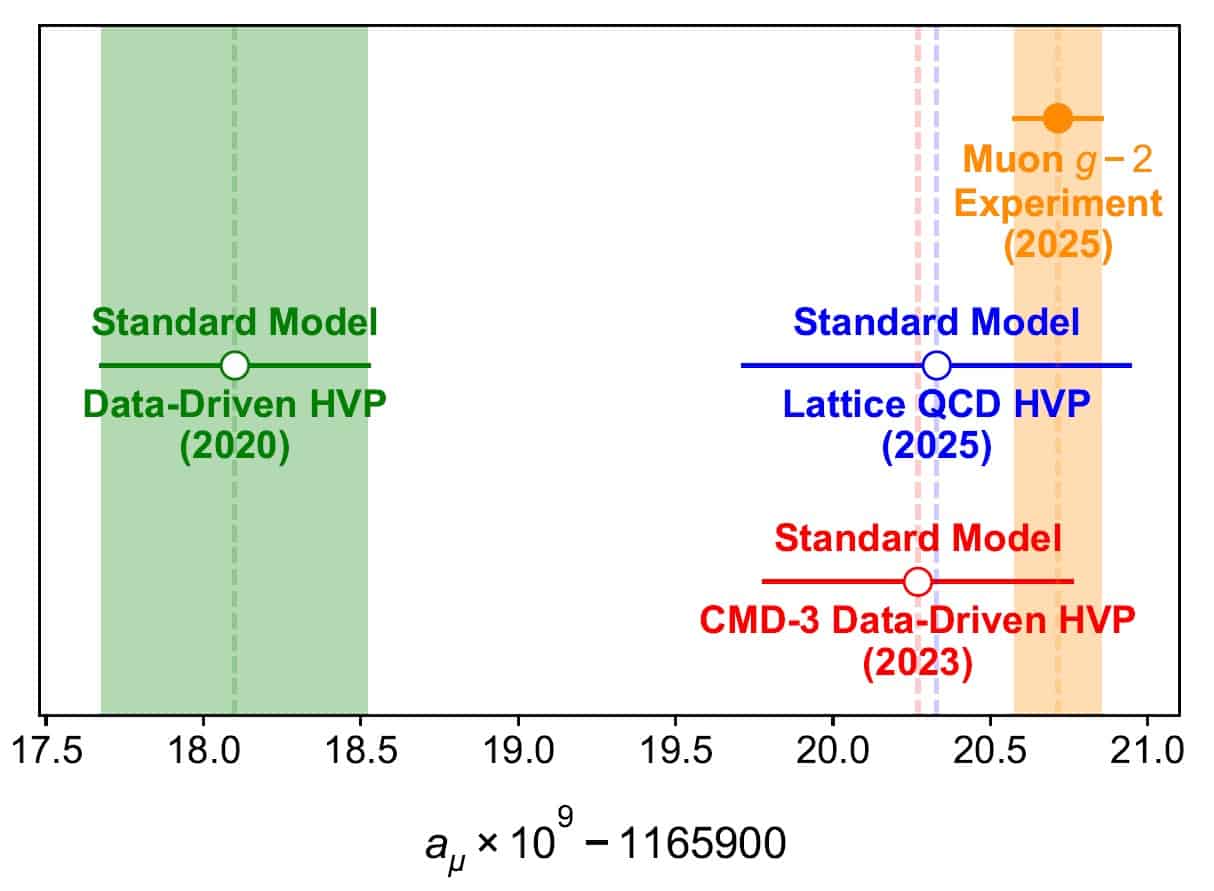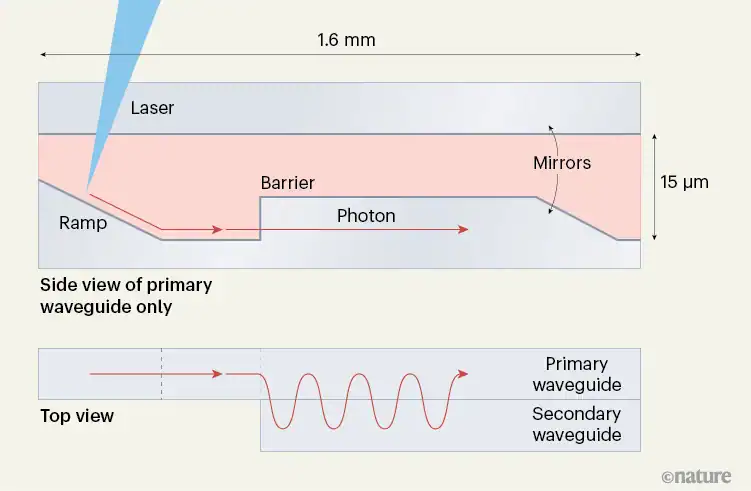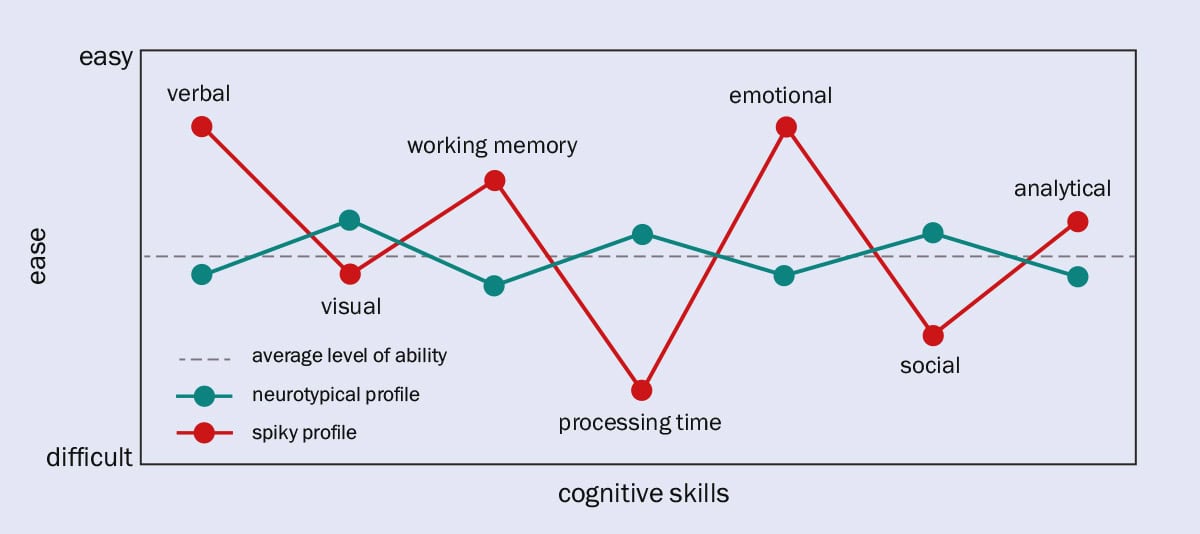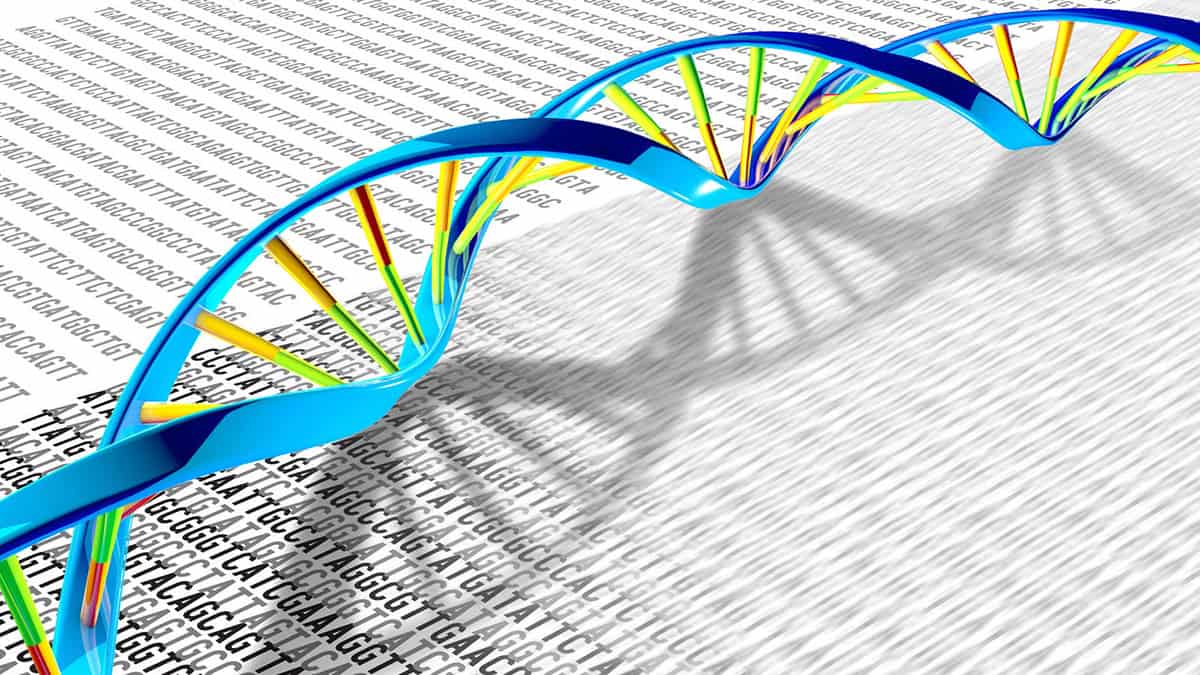The rise of women in quantum science in India and the legacy of Satyendra Nath Bose

The 1920s was an era of transformation. In the US, the “Roaring Twenties” saw industrial growth, the rise of consumerism, and huge social change, marked by jazz music, prohibition and flapper fashion. Europe, meanwhile, was recovering from the devastating First World War, and experiencing political and economic instability alongside flourishing artistic and intellectual movements. And India – which was still under British rule at the time – was embracing Mahatma Gandhi’s policy of non-violence and civil disobedience, accelerating its nationalistic movement towards independence.
Amid worldwide cultural and sociopolitical change, another revolution was unfolding in science, particularly in our understanding of physical phenomena that cannot be explained by the classical laws of physics. Intense efforts were being made by European scientists to reconcile puzzling observations, and ground-breaking ideas were being introduced – such as Max Planck’s hypothesis of “quanta” and Albert Einstein’s quantization of electromagnetism. The first quantum revolution was flourishing.
In the midst of this excitement, a modest man from Bengal in undivided India, Satyendra Nath Bose, was teaching physics at Dacca (now Dhaka) University. He was greatly inspired by the new ideas in physics, and set about trying to solve the big inconsistency with the Plank distribution of black body radiation – the fact that it mixed classical and quantum concepts. Bose introduced the ground-breaking notion of indistinguishability of particles into the evolving quantum theory to rectify the problem, culminating in an equation describing the distribution of energy in the radiation from a black body purely based on quantum physics.
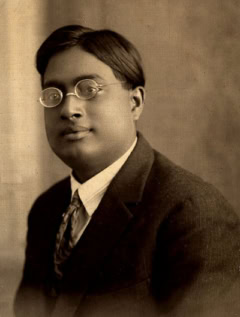
Bose’s derivation of Planck’s law impressed Einstein, who had also been trying to solve the problem. He translated the work and submitted it to Zeitschrift für Physik journal on Bose’s behalf. Bose’s novel quantum statistical approach later became known as Bose–Einstein statistics. Einstein followed up with its extension to atoms and the prediction of Bose–Einstein condensates. Bose’s work was a breakthrough for quantum mechanics, and there have since been many discoveries and multiple Nobel prizes awarded for work related to his research. He also laid the foundation for novel technologies that are central to today’s “second quantum revolution”. This exciting era encompasses themes such as quantum computing, communications, sensing and metrology, and materials and devices. Bose’s scientific breakthroughs were not his only contributions to physics at the time.
Competent and capable
Bose lived in an era when women were not welcome in the scientific community in India, as was the case in much of the rest of the world. Infamously, in 1933 biochemist Kamala Sohonie – who went on to be the first Indian woman to get a PhD in a scientific discipline – was denied admission to the Indian Institute of Science by the then-director Chandrasekhara Venkata Raman. Best known for his work on light scattering, Raman believed that women were not competent enough to do scientific research. While Sohonie eventually did get a place, she had to fight hard for it, and Raman enforced certain restrictions. For example, she was on probation for a year and Raman had to approve her work before it could be officially recognized.
Bose on the other hand, did not make any distinction between men and women as far as scientific ability was concerned. In 1951 he welcomed PhD student Purnima Sinha to his group at the University of Calcutta. Despite being the only woman in the team, Sinha succeeded in leaving her indelible imprint on a male-dominated world, helped by the constant guidance and encouragement she received from Bose.
Sinha’s research was on crystallographic and thermal analysis of clay samples taken from all over India. She built sophisticated X-ray instruments using military scrap equipment sold on the streets of Calcutta (now Kolkata) after the Second World War. In 1956 Sinha was awarded her doctorate, becoming the first woman to earn a PhD in physics from Calcutta University (and likely the first woman to get a PhD in physics from an institution in India).
She went on to conduct research in biophysics at Stanford University in the US, and found similarities between clay structure and DNA structure, providing pioneering thoughts on the origin of life. Sinha further broke gender stereotypes by doing masonry work, carpentry and even playing the tabla (a pair of hand drums). Bose was equally supportive of Asima Chatterjee, who started her research on medicinal plant extracts with Bose, and conducted the first small-molecule X-ray diffraction, which was ground-breaking work.
Leading lights
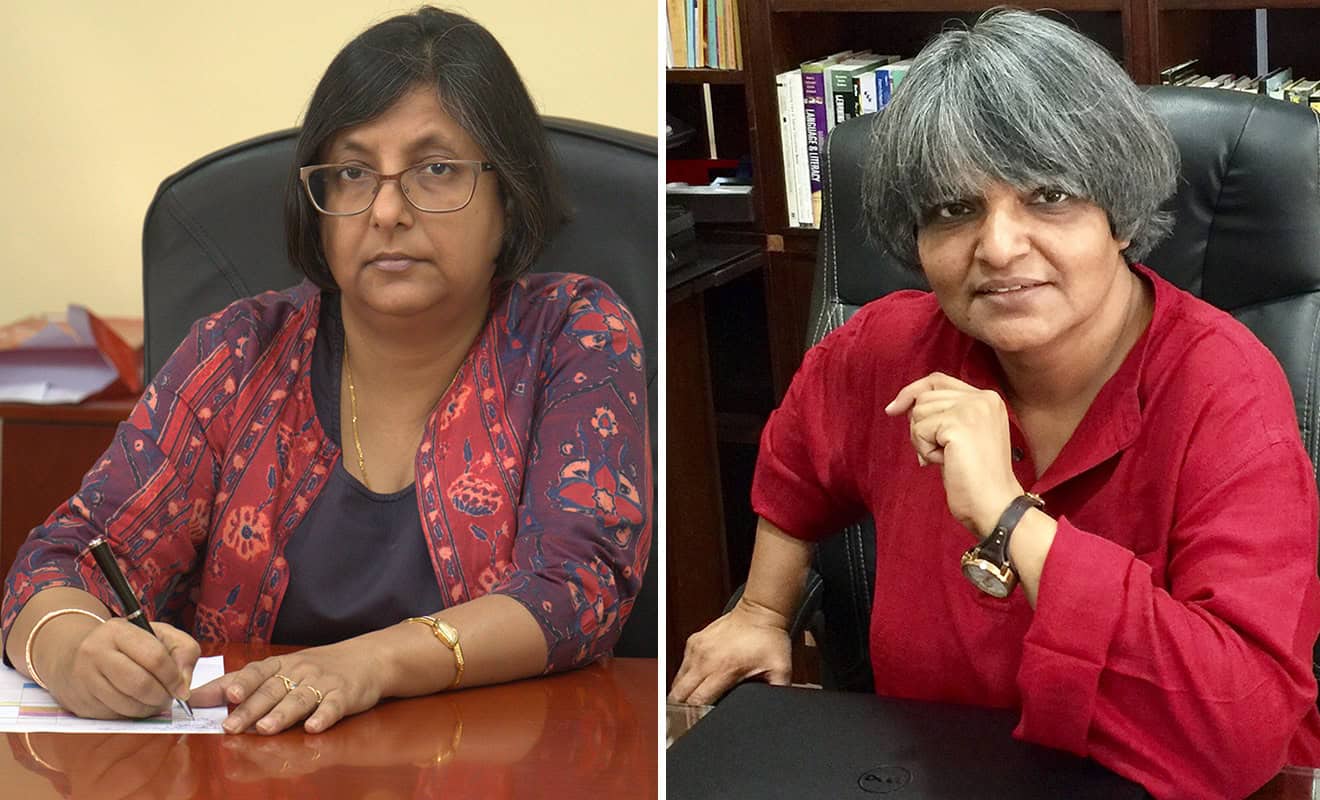
Tanusri Saha-Dasgupta
Director and senior professor at S N Bose National Centre for Basic Sciences, Tanusri Saha-Dasgupta (co-author of this article) uses computational tools to predict and understand novel quantum systems. A recent objective of her research has been to study extreme sensitivity and colossal response of strongly correlated quantum materials to external perturbations to develop them as quantum sensors. Her research aims to find new quantum information platforms – including detectors and qubits – based on correlated multipolar materials as well as developing novel quantum sensor platforms.
Saha-Dasgupta has been fascinated by scientific research since childhood. Her father was a doctoral researcher in physics when she started school, and she was determined to be a scientist too. She studied physics at Presidency College in Kolkata for her bachelor’s degree. In a class of 22 students, there were only four women, and coming from an all-girls school, it was a challenge to cope in the male-dominated environment. However, her passion for science helped her succeed. Saha-Dasgupta ranked first in her master’s at the University of Calcutta, and carried out her PhD work at the S N Bose Centre affiliated to University of Calcutta.
Following her studies, she did postdocs at the aerospace lab ONERA in Paris, France, and later at the Max Planck Institute in Stuttgart, Germany. Studying abroad was not easy for Saha-Dasgupta, as it was filled with hurdles, including serious illness and being separated from her husband. However, her persistence paid off.
Saha-Dasgupta became the first female director at the S N Bose National Centre for Basic Sciences in 2021. She is a fellow of the American Physical Society and the World Academy of Sciences, as well as all three science academies in India. As a senior professor, she has played a pivotal role in mentoring many students, and has been in a leadership position for several national and international decision-making bodies.
Rupamanjari Ghosh
Rupamanjari Ghosh (co-author of this article) has held multiple prominent positions during her career. She was a professor of physics and dean of the School of Physical Sciences at Jawaharlal Nehru University (JNU) in New Delhi, before moving to Shiv Nadar University (SNU), a new, privately funded research university in the Delhi region. Here she was director of the School of Natural Sciences, and then vice-chancellor of the university. Under her leadership, SNU received the title of “Institution of Eminence” from the government of India within just a few years of its existence.
Born and raised in Kolkata, Ghosh did her undergraduate and master’s degrees at the University of Calcutta. Chosen for “outstanding scholarly ability and the promise of exceptional contributions to scholarship and teaching” she was awarded a Rush Rhees fellowship for her PhD studies at the University of Rochester, New York, in the US, where she was the only female PhD student to graduate under Leonard Mandel.
Ghosh is credited with the discovery of a new source of entangled photons using spontaneous parametric down-conversion, and the first experimental demonstration of two-photon interference exhibiting nonlocality. Her group at JNU has worked extensively on the critical issue of decoherence from a quantum to a classical state in specific models. She also has an international collaboration that explores the process of electromagnetically induced transparency – which is a promising approach for implementing quantum memory.
While science and technology are deeply intertwined, Ghosh emphasizes the importance of inventions in science, often arising from singular, deep ideas, that define the “what” of a problem. She is also a big advocate for equality in physics.
Ghosh continues to mentor the next generation of researchers as a governing or advisory council member at several institutions in India. She has also been extensively involved as an expert with the National Quantum Mission (NQM) of the government of India. Furthermore, she is currently the first and only international member on the advisory board of the Executive Leadership Academy at the University of California, Berkeley, US.
Breaking through
While times have changed and women today have more freedom to pursue science, technology, engineering and mathematics (STEM), these areas continue to be dominated by men. India produces the highest percentage of female STEM graduates in the world (43%), but women make up only 14% of the STEM workforce in the country and 18.6% of those directly involved in research and development activities.
The representation of women in the science and technology sector remains strikingly low, both in terms of job applicants and leadership roles. For example, a survey by the Council of Scientific Industrial Research (CSIR) in 2022 revealed that no woman had held the role of director general of CSIR until August of that year when chemical engineer Nallathamby Kalaiselvi became the first woman to lead the institute – a role that she still holds. Indeed, only five of the 35 CSIR labs were led by women at the time of the survey.
Gender bias and traditional role segregation are some of the key reasons why women remain under-represented in STEM careers in India. Several studies have found that women leave the workforce at key phases in their life – notably when they have children – and are also often rejected when seeking jobs because of gender discrimination.
However, the picture is changing rapidly, aided by educational initiatives and grassroots movements advocating for gender equity. The quickly growing quantum sector is no different, and the need for quantum education is greater than ever, as a shortage of trained researchers is being felt globally.
One person hoping to inspire and educate women and girls about quantum computing is Nithyasri Srivathsan – a student at Nanyang Technological University, Singapore, who founded SheQuantum in 2020. The start-up company has built an e-learning platform offering lectures, quantum computing courses and other educational resources, as well as articles and interviews with experts. It was listed by The Quantum Insider as one of the “9 Educational Platforms to get the Quantum Workforce Up & Running“, alongside IBM, Microsoft and MIT xPRO among others.
Another example is Women for Quantum (W4Q), which was set up by a group of female physics professors, mostly based in Europe and Japan, who work in the field of quantum optics, quantum many-body physics and quantum information. In its manifesto, the initiative highlights the “unsatisfactory current situation of women in quantum physics” and calls for a joint effort to make real change in the field.
The tradition continues
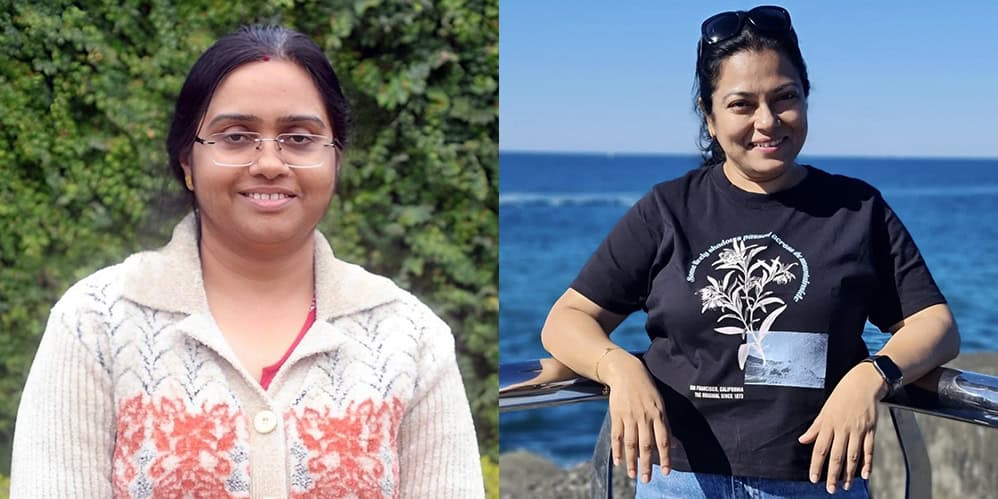
The tradition of succession from guru to disciple set up by Satyendra Nath Bose continues. The students of Tanusri Saha-Dasgupta and Rupamanjari Ghosh (see box above) inspired by their passion have now made their mark as established researchers.
Swastika Chatterjee
Swastika Chatterjee is an associate professor at the Indian Institute of Science Education and Research in Kolkata. Her research focuses on understanding quantum effects in Earth phenomena, such as the planet’s magnetism and dynamo motion.
Chatterjee completed her undergraduate degree in physics with chemistry and maths at the University of Delhi, before specializing in condensed-matter physics for her master’s. She went on to do her PhD under Tanusri Saha-Dasgupta at the S N Bose National Centre for Basic Science. Chatterjee got married during her studies, and she submitted her thesis while expecting her child. Her daughter was born just a few days later, and trying to balance motherhood and her career posed a significant challenge, but she succeeded through perseverance and determination. “The workplace environment has evolved significantly over the last decade, thanks to our academic predecessors who fought their way out,” she says.
Joyee Ghosh
An associate professor of physics at the Indian Institute of Technology, Delhi, Joyee Ghosh is working to understand photon–atom interactions at the single-particle level, to be used in quantum networks. Her team’s research involves “trusted-node-free” secure quantum communication, based on free-space and fibre-based entangled photon sources.
Ghosh grew up in Kolkata and then got her master’s and PhD degrees from Jawaharlal Nehru University (JNU), under the supervision of Rupamanjari Ghosh. She went on to do postdoctoral research in Spain as a Marie Curie fellow, and in Germany as an Alexander von Humboldt fellow.
“My journey so far underscores the tenacity and positivity required by women physicists in India to navigate systemic challenges, secure funding and gain recognition in a complex and competitive scientific landscape,” says Ghosh. “I have been fortunate to learn from great teachers and work in some of the best experimental research facilities.”
Celebrating success
The good news is that such efforts seem to be paying off. According to the latest All India Survey on Higher Education (AISHE) (2020–2021) women make up 42.3% of undergraduate, postgraduate, MPhil, and PhD places in STEM education. There has also been a surge in women in all fields of STEM, including quantum science, where they are making significant contributions to the second quantum revolution.
To celebrate the growing presence of women at the forefront of quantum science in India, the S N Bose National Centre for Basic Sciences in Kolkata arranged an international conference in July 2024 on Women in Quantum Science and Technologies. The meeting was part of celebrations marking the 100th anniversary of Bose’s seminal work, highlighting that his legacy encompasses both quantum science and gender equality in physics.

The three-day conference consisted of six talks from accomplished female scientists, two panel discussions, three special lectures, 10 invited talks from early-career women working across quantum science and technologies, and a poster session by PhD students. The panel discussions focused on the challenges faced by women in higher education and ways to overcome them, as well as opportunities for women in the quantum arena. Speakers included Rupamanjari Ghosh, Aditi Sen De, Indrani Bose, Anjana Devi, Shohini Ghose and Efrat Shimshoni.
Such events highlight the achievements of women in the field, providing a platform for sharing research and inspiring future generations. This visibility is crucial for normalizing women’s participation in science and encouraging girls to pursue careers in physics and related disciplines.
With the second quantum revolution in progress, and the next likely to be driven by commercial innovations in areas such as cybersecurity, eco-materials and medical advancements, it is important to ensure that these breakthroughs do not reinforce societal inequalities. For that, we need women, and other under-represented groups in physics, to be encouraged into the field to ensure a diverse range of ideas.
To this end, here we highlight some women at the forefront of quantum science in India. The list is far from exhaustive, but it offers a glimpse of the broader picture.
Women at the forefront of quantum science in India

Aditi Sen De
Aditi Sen De is a professor of physics at the Harish Chandra Research Institute in Allahabad. Her research exploits quantum mechanical principles to design quantum technologies, such as quantum communication networks, quantum thermal machines, and measurement-based quantum computers. She also characterizes resources responsible for achieving quantum technologies superior to their day-to-day versions.
Sen De was greatly inspired by her mother, a mathematics teacher, and developed a passion for teaching from an early age. “I used to teach using a small blackboard at home, imagining a classroom full of students,” she explains. She completed her bachelor’s degree at India’s oldest women’s college, Bethune College in Kolkata, before pursuing her interest in quantum and statistical physics at the University of Calcutta for her master’s. Alongside her husband – they grew together both personally and professionally – she continued her scientific journey in Europe, completing her PhD at the University of Gdansk in Poland, and then doing postdoctoral research in Germany and Spain.
In 2018 Sen De was awarded the Shanti Swarup Bhatnagar Prize for Science and Technology (now the Vigyan Yuva – Shanti Swarup Bhatnagar Award). Given by the Indian government to recognize talented young scientists in all disciplines, the prize is one of the most prestigious scientific accolades in India. First awarded in 1958, only two women have ever received this honour in the physical sciences category (now physics), out of 103 recipients – a stark reflection of the gender imbalance.
Urbasi Sinha
The only other woman to receive the Bhatnagar award is Urbasi Sinha, a professor at the Raman Research Institute in Bangalore. Her research spans experimental studies on photonic quantum information processing, secure quantum communication, and precision tests of quantum mechanics.
Sinha’s scientific journey was shaped by the constant support of her non-scientist parents, whose encouragement sparked her passion for discovery. After doing her undergraduate degree at Jadavpur University in Kolkata, Sinha went on to do a master’s and PhD at the University of Cambridge, UK. She has gained significant international recognition for her work, with recent honours including the Canada Excellence Research Chair in Photonic Quantum Science and Technologies, the Gates Cambridge Impact Prize, and the Royal Academy of Engineering UK’s Distinguished International Associateship. Sinha has also co-founded a quantum start-up, QuSyn Technologies, and leads a technical group under the NQM.
Meanwhile, as a mother raising a daughter, Sinha maintains a sense of work–life integration by being fully present – giving her complete attention to whatever requires it, whether personal or professional.
“Women in academia are breaking barriers as institutions embrace diversity,” says Sinha. “While explicit obstacles fall through targeted initiatives, the academic community now faces the vital challenge of identifying subtle biases woven into institutional fabric. This evolving awareness promises a future where talent thrives regardless of gender, transforming scholarship through diverse perspectives.”
Usha Devi A R
A professor at Bangalore University, Usha Devi A R is a theorist who has contributed to formulating figures of merit for non-classicality of photonic states – which are crucial for metrology, quantum target detection, quantum digital reading and more. Her team has put forth geometric visualization of spin states, which works like a fingerprint for entanglement and spin-squeezing, needed in metrology.
Devi was born in Thirthahalli town in Karnataka, where she completed her undergraduate degree in sciences. She was top of her class and received a gold medal for her master’s in physics from Mysore University, where she also completed her PhD in 1998. She received the IPA young physicist award in 1997, and was a visiting scientist in Barry Sander’s research group at Macquarie University in Sydney, Australia, in 2003. She also worked in Sandu Popescu’s research group at University of Bristol, UK, under a Commonwealth Academic Fellowship in 2008.
Working as a faculty member at a state-funded university comes with persistent challenges, such as limited resources for research and teaching, and sometimes outdated administrative priorities. “In quantum mechanics, we embrace uncertainty,” Devi says. “In academia, we challenge it – especially as women physicists from state universities.”
Kasturi Saha
Kasturi Saha is an associate professor at the Indian Institute of Technology (IIT) Bombay (Mumbai). She is the project director of Qmet Tech Foundation, the quantum sensing and metrology hub established by IIT Bombay under the National Quantum Mission (NQM) of the Government of India. She is the only female project director among the four NQM hubs established.
Saha was raised in the lively heart of Kolkata’s Wellington Square, in a family filled with engineers and doctors. Drawn to the elegance of physics, she chose it as her major, inspired by the Nobel-winning work on Bose–Einstein condensates. Although she aspired to become a scientist, her decision was initially met with concern and scepticism from her family, who were worried about the challenges of pursuing a career in science – especially as female representation was (and still is) limited.
Despite their concerns, Saha’s parents stood firmly by her side, supporting her throughout every step of her academic journey. After her undergraduate physics degree from St Stephen’s College in Delhi, Saha moved to IIT Delhi for her master’s, and then went to Cornell University in the US for her PhD. As she progressed through her degrees, the gender gap became increasingly apparent, with a sharp decline in the number of women.
Training to be an experimental physicist brought its own set of biases – people often assumed Saha couldn’t handle technical tasks or heavy equipment. These subtle yet persistent doubts made her hyper-aware of her identity – she even stopped wearing pink T-shirts during her PhD. Yet, she persisted, bolstered by mentors including Michal Lipson and Paola Cappellaro.
Beyond academia
Impressive women in quantum science are not limited to academia. Government departments and industry in India can boast of some prominent female leaders. For example, Anindita Banerjee is a product manager for quantum technology projects at the Centre for Development of Advanced Computing (CDACINDIA), a premier research and development organization founded by the Ministry of Electronics and Information Technology. Anupama Ray is an award-winning senior research scientist at IBM Research in Bangalore, where she focuses on developing quantum machine learning algorithms. Meanwhile at Microsoft India and South Asia, Rohini Srivathsa is the chief technology officer, responsible for driving technology innovation and growth across industry and the government.
In addition to the accomplished Indian women working in quantum in their home country, there are several who have built successful careers abroad. Notable cases are Anjana Devi, director of the Institute for Materials Chemistry at the Leibniz Institute for Solid State and Materials Research, Dresden, Germany; Nandini Trivedi, professor of physics at Ohio State University, US; Nilanjana Datta, professor in quantum information theory at the University of Cambridge, UK; Vidya Madhavan, professor of physics at the University of Illinois Urbana-Champaign, US; Shohini Ghose, professor of physics and computer science, and director of research and programmes for the Centre for Women in Science at Wilfrid Laurier University in Waterloo, Canada, and chief technology officer at Quantum Algorithms Institute.
The rise of women in quantum science in India is a tribute to Bose’s legacy, and a sign of a more inclusive and dynamic future. To sustain this momentum, we must create ecosystems that support curiosity, collaboration and equal opportunity – ensuring that every brilliant mind, regardless of gender, has the chance to transform the world.
The post The rise of women in quantum science in India and the legacy of Satyendra Nath Bose appeared first on Physics World.
